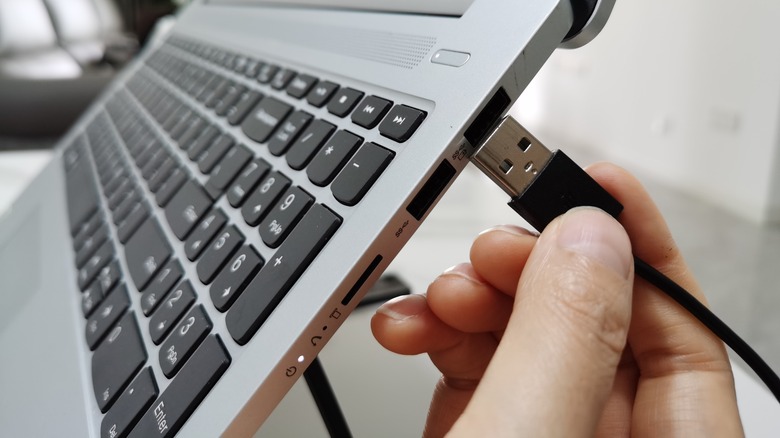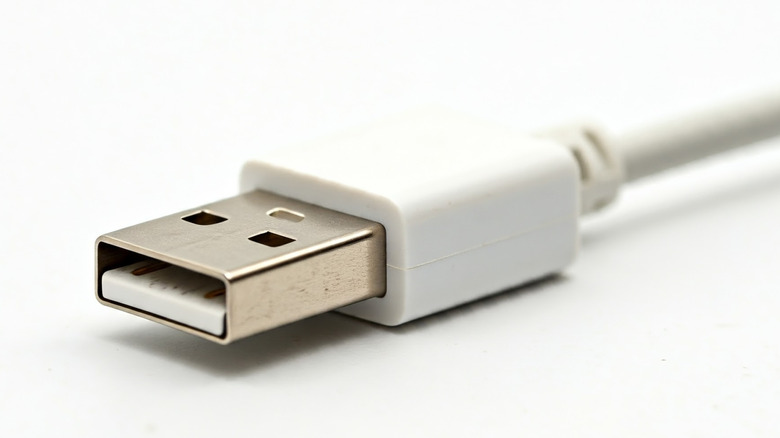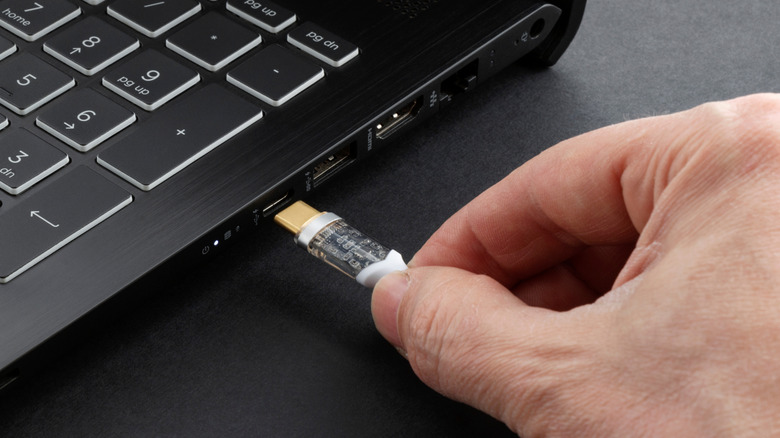
Because USB is so common, it’s easy to overlook how incredible it truly is. In a world of hyper-competitive tech companies, the existence of a single data transfer and charging standard that works across computers, smartphones, and a myriad of other gadgets is as miraculous as an international peace treaty. But even so, USB itself is fragmented between multiple connectors and generations of the technology, which quickly muddies the waters. Two devices can both have USB, yet one might have far more capabilities than the other. It can be a nightmare for the average consumer to navigate USB standards, which are frankly a labyrinthean mess. So, which kind of USB port is guaranteed to provide you with the fastest data transfer speeds?
The short answer is that two types of USB ports tie for the fastest: USB4 and Thunderbolt 5, both of which can support bidirectional speeds of up to 80 gigabits per second (Gbps). However, there are major caveats. You need to find the correct version of USB4, and even then, you’ll still need to refer to your device’s manual or specification sheet. Thunderbolt 5, meanwhile, is only available on a small segment of devices, making it far less universal than USB4. And that’s all before you realize that there just aren’t a lot of reasons to use the fastest USB ports in the first place. We’ll break down all these quirks and compromises below, so read on.
>>>45W Charger for HP Elite x2 1012 G1 M5 6Y54 T8Z05UT#ABA Touch Table PC Charger
USB4 ports offer the fastest speeds
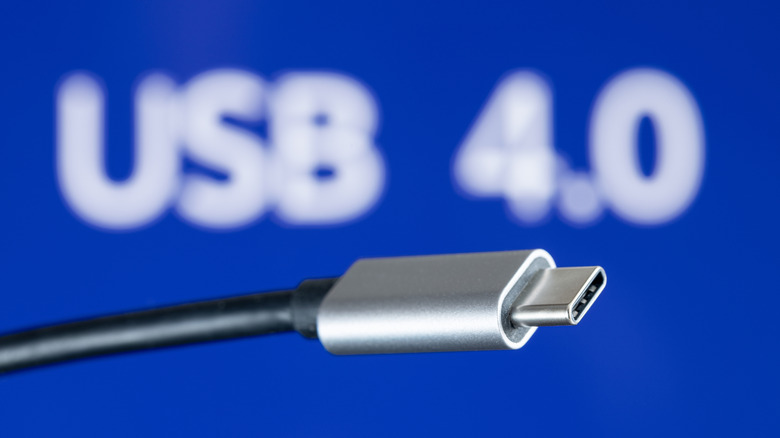
Currently, USB4 Version 2 is the fastest USB specification, and ports equipped with it offer the fastest data transfer speeds. The top speed of a USB4 Version 2 port is 80 Gbps of bi-directional data transfer. Bi-directional means it can send and receive data at that speed. There is also an asymmetrical transfer mode that can send 120 Gbps of data one way and 40 Gbps the other. USB4 V2 also carries PCIe and DisplayPort tunneling, which is explained further down in this article.
However, what makes USB4 so exciting is not just its top speed, but its lowest. To meet the specification, a USB4 port must deliver at least 20 gigabits per second of data throughput. The one downside here is that, even if a USB-C port has USB4, you can’t assume it will hit the top speed. As long as it clears the 20 Gbps floor (and meets other key specifications), it can be considered USB4. If you really want that blazing-fast 80 gig connection, you’ll need to check whether a particular device is capable of it. For reference, 20 Gbps was the top speed of USB 3.2 Gen 2×2 ports, previously one of the fastest on the market. You won’t find many devices that can handle USB4’s 80 Gbps top speeds, but you’ll find plenty that can at least reach that 20 Gbps threshold.
Assuming you have two USB4-compatible devices, a compatible cable is necessary to take advantage of the specification’s top speed. I’ve personally been using this Anker USB-C USB4 data cable, which gives me the peace of mind to know I’ll be transferring data at the highest possible rate between any two devices.
>>>65W Charger for ASUS X553 X553MA-XX074H X553MA-DB01 15.6″ Touchscreen charger
Thunderbolt 5 offers similar speeds to USB4
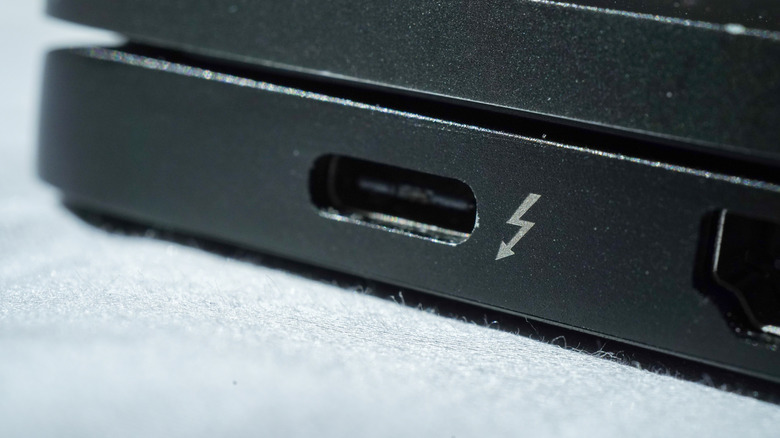
While we’re talking about USB speeds, we have to talk about Thunderbolt. It’s not technically part of the USB standard, and is a proprietary technology owned by Intel and developed in collaboration with Apple. Rather than using USB, it uses PCIe and DisplayPort technologies — the same standards used to connect PC graphics cards and gaming monitors. As noted above, these were also added to USB4 Version 2. However, Thunderbolt 5 is exclusively accessed over USB-C connectors on devices that support it, which makes the distinction slightly confusing. Computers with the latest Thunderbolt 5 capabilities can also achieve 80 Gbps bidirectional transfer speeds, similar to USB4.
Astute readers may ask what makes Thunderbolt 5 different from USB4, and the answer is peace of mind. Whereas USB4 Version 2 has a speed floor of 20 Gbps, Thunderbolt 5 mandates that a port be capable of at least 80 Gbps. You won’t have to hunt for spec sheets just to make sure a Thunderbolt 5 port is blazing fast.
Most consumers, however, don’t need to worry about all this. Although Thunderbolt 5 capable PCs are on the market, Moreover, from flash drives to smartphones, no useful USB gadgets of the kind you could find on Amazon or at Best Buy yet support the top speed of either Thunderbolt 5 or USB4 Version 2. The first USB4 V2 cables only launched last year. Devices that support the floor speed of 20Gbps are more common, but many of those are still using USB 3.X. Those top speeds matter much more if you want to do something like daisy chain high-resolution displays together or connect an external graphics card (eGPU) to your laptop. Thunderbolt 5 is great for these applications because of its PCIe tunnelling capabilities.
